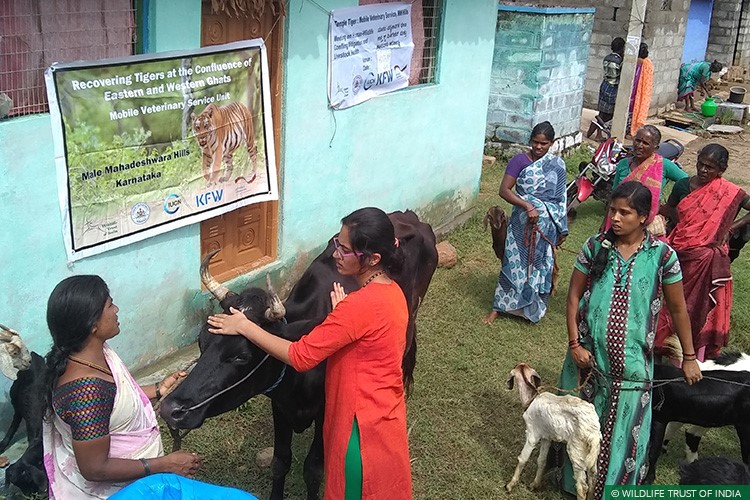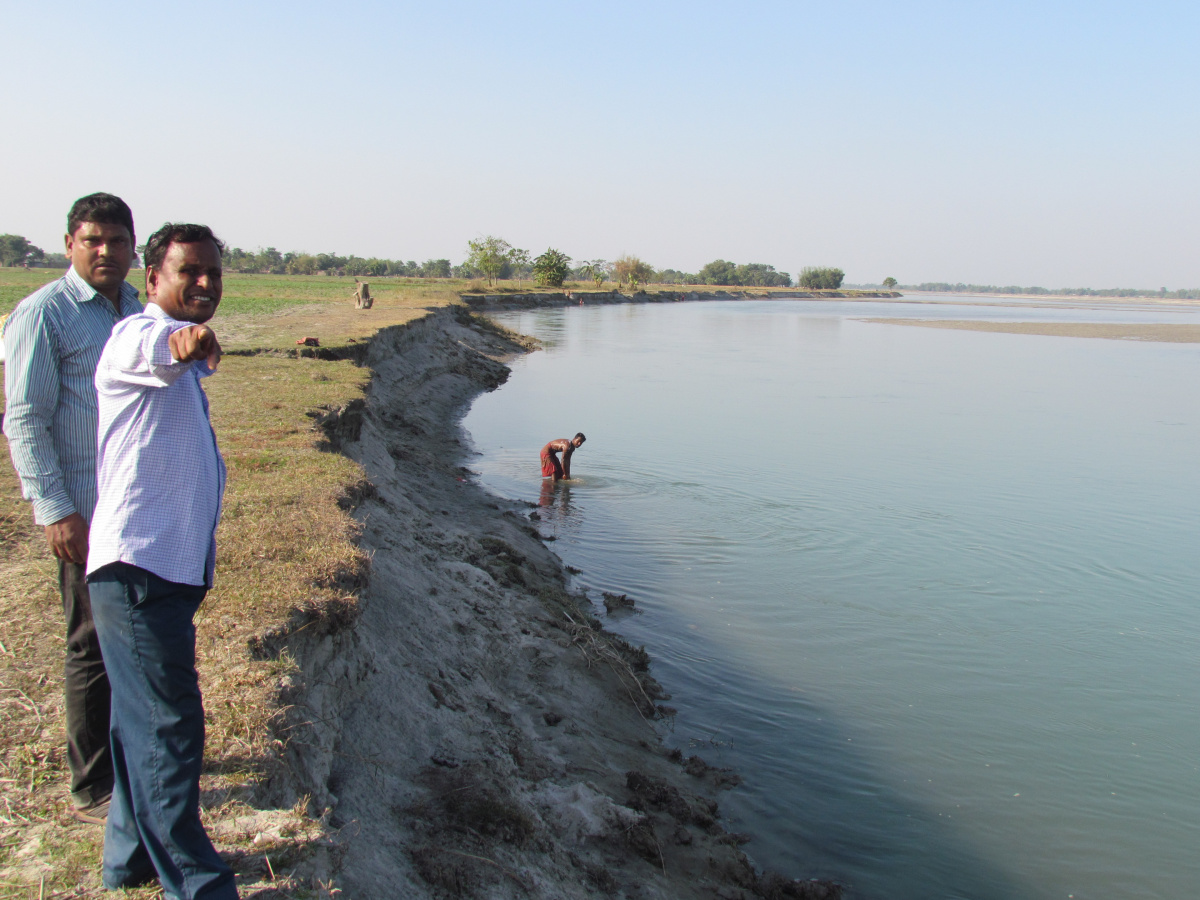Health management in tiger reserves
Concurrent with human population explosion in tiger range countries is the increase in livestock and pet animal numbers, leading to a higher contact rate between them and wildlife species at the human-wildlife interface.

Photo: Wildlife Trust of India
A higher contact rate means a greater probability of emerging infectious diseases that affect both livestock and wildlife. Wildlife management plans often do not pay attention to health aspects of wildlife because the impact of infectious and non-infectious agents on wildlife populations often go unnoticed unlike human-wildlife conflict, habitat encroachment or poaching. Even when included in wildlife management plans, the measures suggested are often reactionary and not proactively investigatory or research based.
The new paradigm of “One Health” demands a holistic approach and calls for a joint entrepreneurship between human and animal health workers in realizing a healthy world for humans and animals that include domestic, captive and wild. This paradigm shift has redefined the role of veterinarians which otherwise was confined to the domains of conflict animal management, livestock immunization for developing an immune belt and conducting necropsies of charismatic species like large carnivores, elephants and large bovids. Protecting the prey base of the tiger is the basic principle behind the immunization of livestock at the wildlife-livestock interface. Conflict situations are not limited to only situations when wildlife and humans come face to face, but also incidents of retaliatory poisonings and wildlife getting trapped in snares.
A healthy free ranging wildlife population would be able to cope up with the changes that happen due to interacting biological, social, and environmental determinants. Pathogens and parasites are integral to any ecosystem, and diseases are therefore natural outcomes of them interacting with the host. It can turn to be an outbreak when the host is not able to cope with the changes in the pathogen brought about by biological and environmental determinants. Thus, we had canine distemper emerging in African lions, then among Amur tigers and recently in Asiatic lions in Gir, India. Big cats are also threatened by other infections by blood protozoans (like trypanosomes and babesias), feline enteritis or panleukopenia, calicivirus and rhinotracheitis.
Considering the importance monitoring the emerging diseases in big cats, the NTCA (National Tiger Conservation Authority) in 2019 asked all the states to appoint a wildlife veterinarian in all Tiger Reserves of India. A few of them already have vets placed in them, but the vast majority is still to address this issue.
Wildlife Trust of India (WTI) is a leading Indian nature conservation organisation committed to the service of nature. Its mission is to conserve wildlife and its habitat and to work for the welfare of individual wild animals, in partnership with communities and governments.



